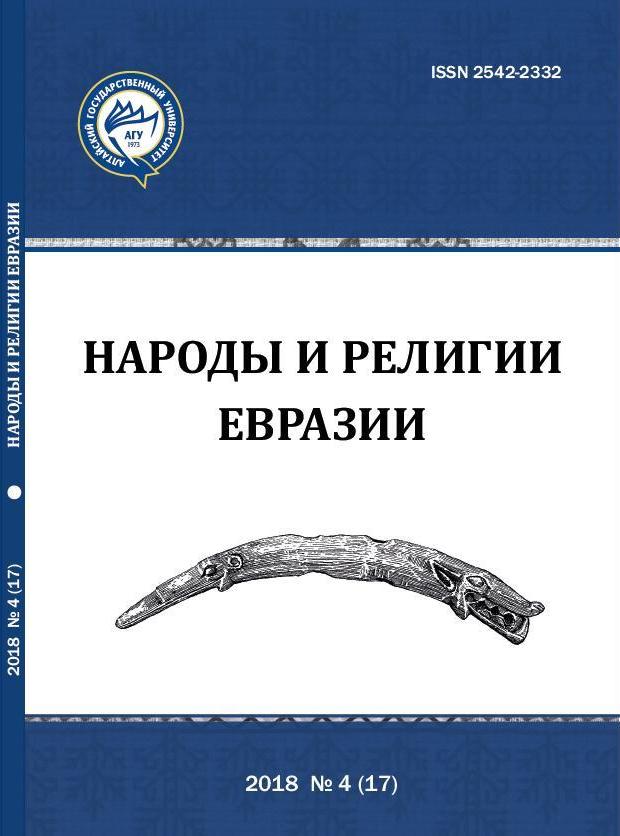Some aspects of social interpretation of turkic archaeological complexes of the First Caganate epoch in Central Asia
Main Article Content
Abstract
The article concerns the experience of social interpretation of excavation materials of the Turkic archaeological complexes of the First Kaganate. The analysis of funerary and "memorial" sites located in different parts of the Central Asian region is carried out. It is established that archaeological materials, due to their scarcity, illustrate the processes recorded in written sources rather fragmentarily. At the same time, the funeral complexes of the First Kaganate era demonstrate a general strengthening of the social differentiation of the Turkic society. One of the evidences of the transformation of the structure of the society of the early medieval nomads was the spreading of burials of professional soldiers. Another indicator is the formation of a "Minusinsk" local variant of the Turkic culture. Materials of excavation of the Mongolian memorial complexes of the First Kaganate era reflect the elite subculture of the early medieval nomads, demonstrating the influence of the settled-agricultural centers — China and Sogd. In general, the social organization of early medieval Turks in the era of the First Kaganate appears as a complex system comprising various components.

